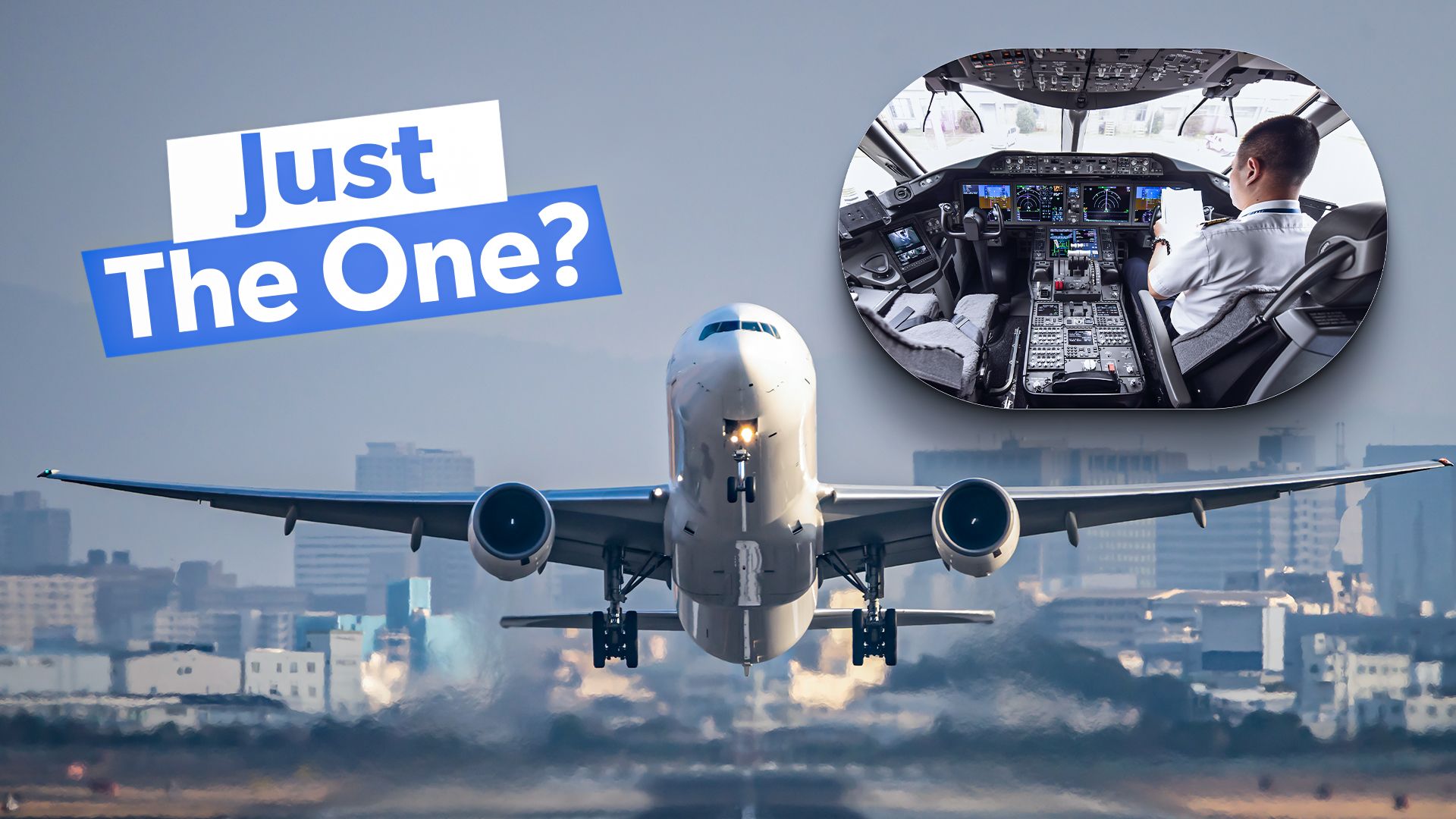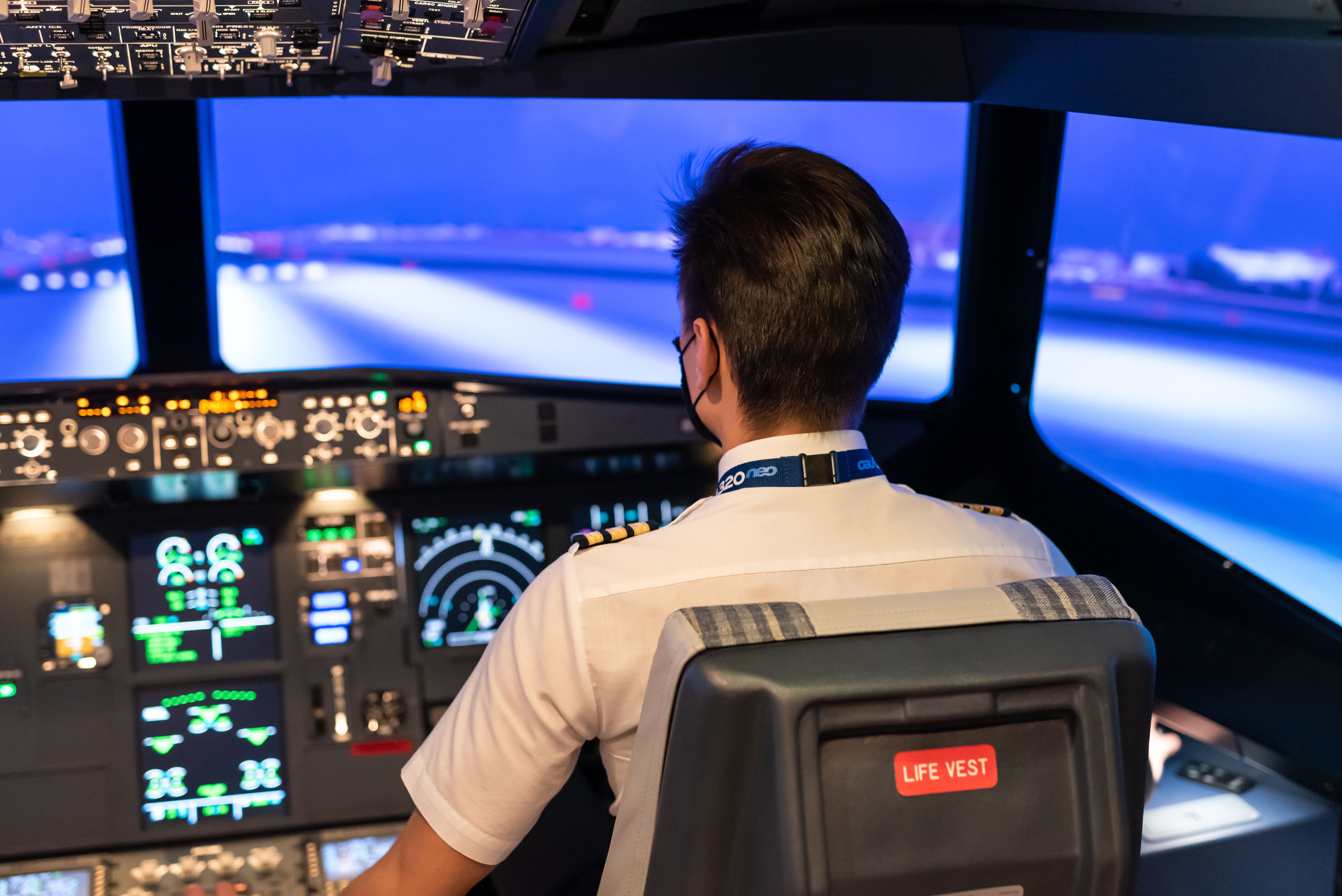Summary
- Airbus and Boeing are exploring single-pilot operations, but pilot associations see it as a safety threat.
- European Aviation Safety Agency (EASA) believes single-pilot operations by 2030 is unrealistic.
- Cautionary tales like Germanwings Flight 9525 show the risks, especially in challenging airports.
Some private jets that are operated under Part 91 or Part 135 regulations set by the Federal Aviation Administration(FAA) can be flown by a single pilot. Commercial flights that are operated under Part 121, on the other hand, require two pilots. Having two pilots, in addition to ensuring safety in case a pilot gets incapacitated, reduces the workload of a pilot.
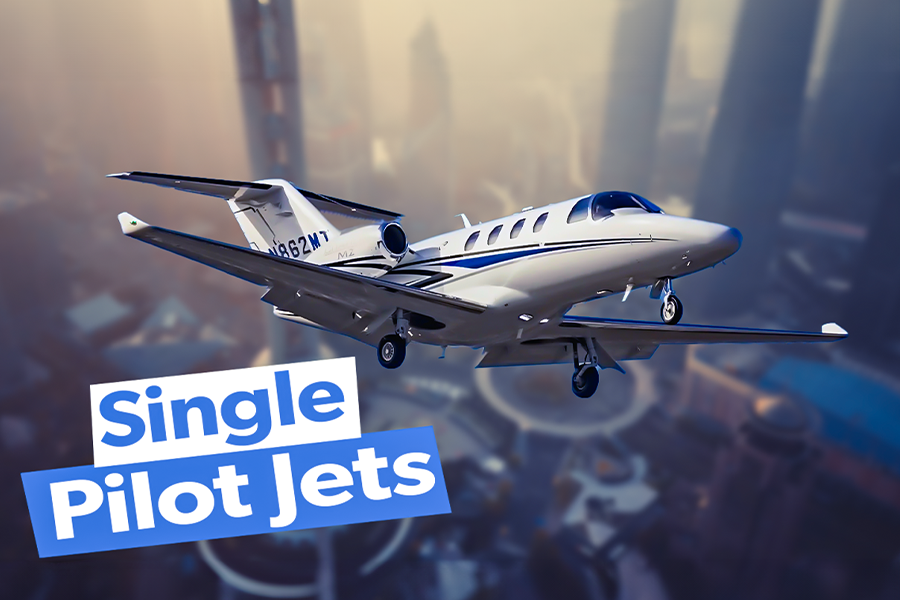
Related
Flying Solo: 5 Different Single Pilot Jets
Contrary to natural instinct, some business jets can be flown by a single pilot.
Nonetheless, in 2021, Airbus commented that a single pilot operation was the way forward. It was around the first quarter of 2023 that pilots associations around the world called single pilot operations “a threat to safety”. Manufacturers and pilots are at loggerheads about the issue and single-pilot operation has become one of the hot topics in aviation safety.
Photo: British Airways
Airbus and Boeing raising prospects of single-pilot operations
In yesteryears, a flight crew consisted of a few other members, who don’t get on board modern aircraft. These included the likes of:
- Flight engineer
- Radio operator
- Navigator
- Relief pilot.
However, after Boeing changed the designs of cockpits in the 1980s with the advent of the Boeing 757, the number of crew fell to two. Charles Toups, the former vice-president of Boeing research and technology, had talked to The Guardian in 2018 and ruled out the possibility of single-pilot operations in passenger aircraft unless tests of single-pilot operations in freighter aircraft were the norm. He also commented that it would take years for people to be convinced of single-pilot operations.
Photo: Air New Zealand
Another giant aerospace manufacturer, Airbus, at a summit held in Toulouse a few years ago, hinted that more automated technology might carve the way for single-pilot operations.
“ We need to mature technology to enable any further cockpit member reduction in crews. So, we have a set of technology readiness level reviews, which at some point in time, can restart. It has an economic impact. Then from the technology standpoint, we could automate a little bit of it for a cockpit that will be more modern. So, this is in the technology space…. At some point in time, whenever we are ready for sure, this is the kind of discussion that would require some wider discussion with the airlines, with the unions, and with the public.”
The take of pilot’s unions and a few airlines
The International Federation of Air Line Pilots’ Associations (IFALPA), the Air Line Pilots Association (ALPA), and the European Cockpit Association (ECA) jointly commented that despite the increase in sophistication of technology, single-pilot operation isn’t the way forward.
“ Every aspect of your flight – the aircraft, its systems, the regulations, and standards that apply to the flight, and the procedures that pilots follow – is deliberately designed for a team working together on the flight deck.”
In a report published in Forbes, it was quoted that different airlines have different contracts with different pilot’s associations:
“ The Delta contract with the Air Line Pilots Association specifies that ‘No aircraft performing company flying will operate with fewer than two pilots,’ while the United ALPA contract says the carrier can’t operate flights ‘unless the minimum crew on such aircraft consists of two pilots from the United pilot seniority list on the aircraft flight deck.’ However, American’s contract with the Allied Pilots Association does not specify a commitment to a two-pilot cockpit.”
EASA ruling out single-pilot operations by 2030
In the early months of last year, a manager with the European Union Aviation Safety Agency (EASA), Andrea Boiardi, talked to Reuters and said that single pilot operations by 2030 was “absolutely not realistic”. Some of the other voices raised against single-pilot operations include:
- UK Civil Aviation Authority said that the transition into single-pilot operations could impact mental health, crew training, job satisfaction, and medical requirements.
- A Qantas Airbus A330 captain opined that emergencies might overwhelm a single-pilot
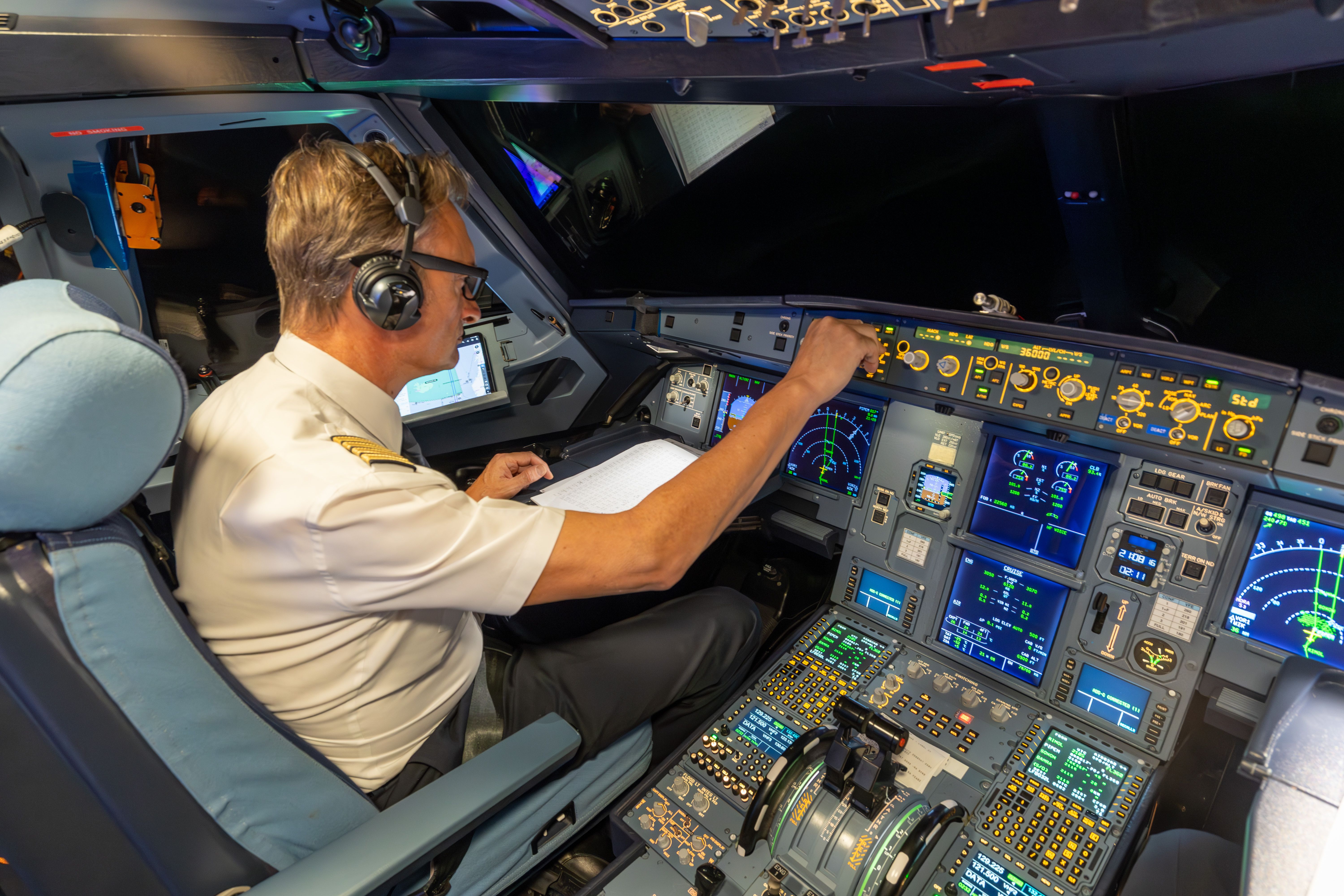
The case of Germanwings Flight9525 and Malaysian Airlines MH370 act as cautionary tales
The deliberate crash of Germanwings Flight 9525 still shudders the aviation community as it found out that the copilot had intentionally plundered the aircraft into the Alps. Further, the disappearance of MH370 hinted that the pilot, Zaharie Ahmad Shah, had intentionally drowned it into the Indian ocean. These cases act as cautionary tales towards pushing aviation into single-pilot operations too soon.
Flight into complex airports might also bolster the case of two-pilot operations
Apart from the cases above, there are also risks of single-pilot operations in challenging airports such as Lukla, Paro, and their ilk. Moti Ram Itani, an aeronautical engineer who worked for Himalayan Airlines in Nepal, talked to Simple Flying about the difficulty of single-pilot operations in geographically challenging conditions like those in the most dangerous airports in Nepal:
“ The feasibility of a single pilot operation in Nepal, or anywhere else, depends fully on advancements in AI-integrated systems. Reliable AI algorithms capable of adapting to the needs of Nepali aviation would require a study of geographical structure with existing technology, extensive testing, regulatory adjustments, and infrastructure upgrades to mitigate risks effectively. While AI technology shows promise in automating routine tasks and providing decision support, its full integration into Nepali aviation will likely take time. ”
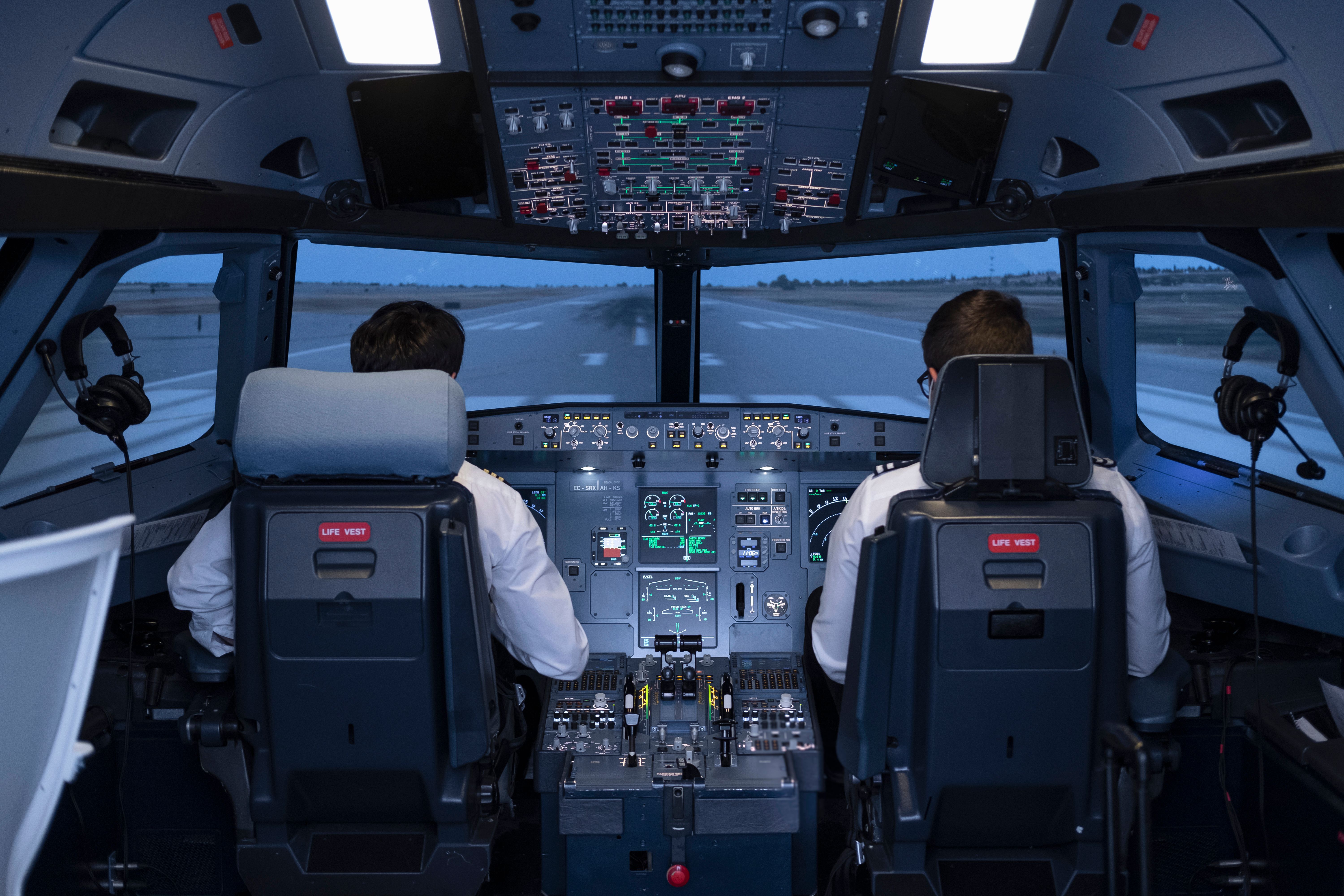
All in All
Though there are medical emergencies on the flight, they are impressively handled, and we rarely see falatities inside aircraft that don’t have accidents. Further, the number of air crashes has gone down considerably over time, making aircraft some of the safest modes of transport. But various pilots, piloting associations and engineers have raised concerns that if single-pilot operations are pushed forward too quickly, the impressive safety records in aviation might change.

